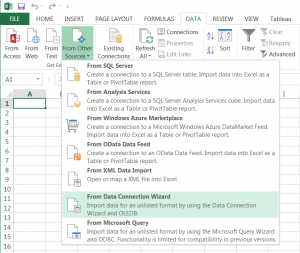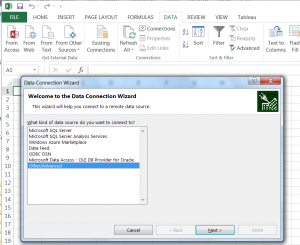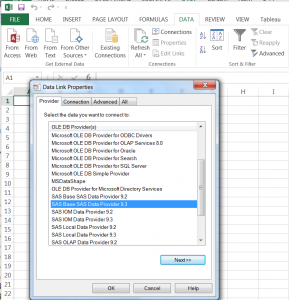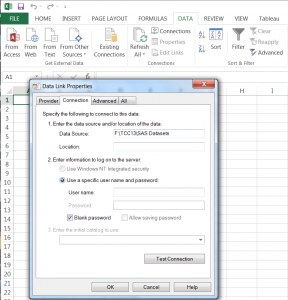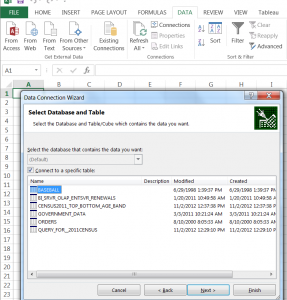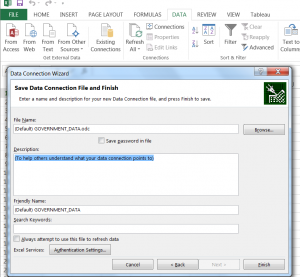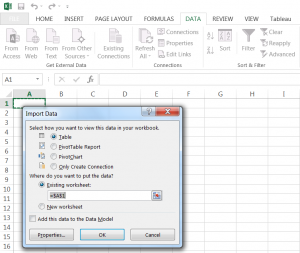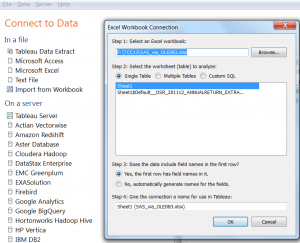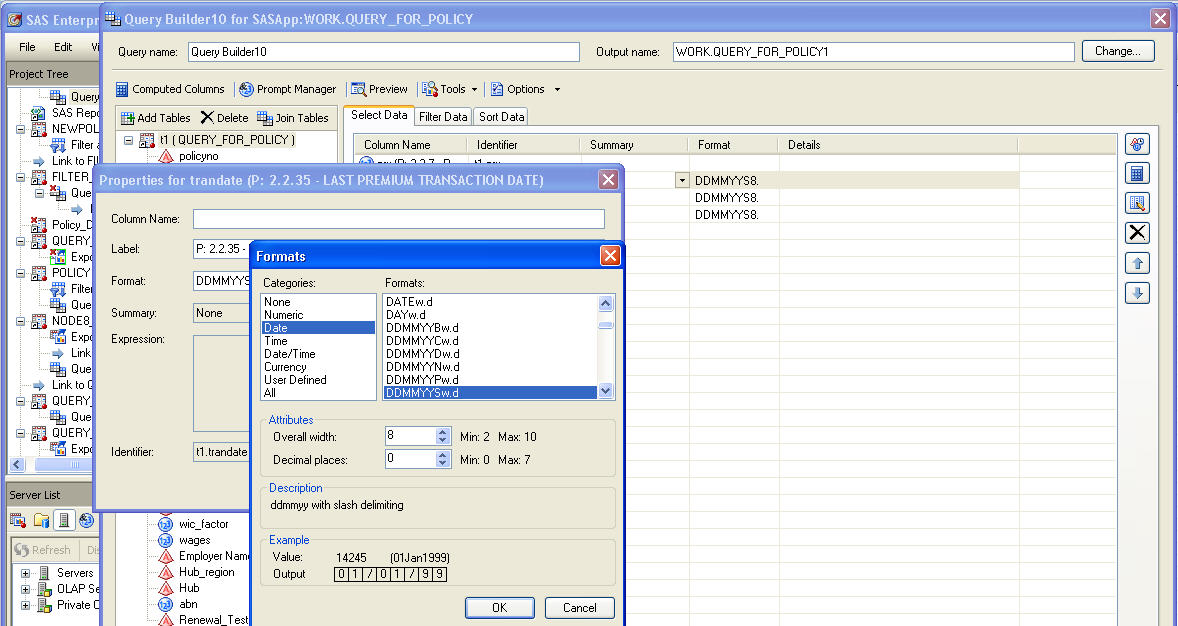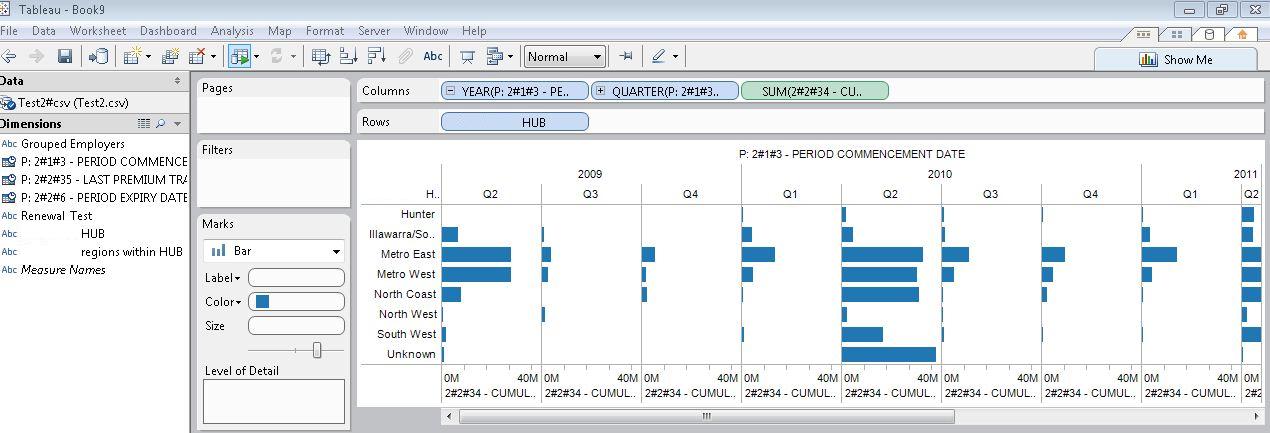I was delayed by 24 hours getting to this week’s SHARE conference in Providence, Rhode Island – more than 10,000 miles from my home in Australia.
I was onboard my first flight from Sydney to Los Angeles when the captain announced that there was a problem with the “onboard mainframe” and they were going to have to reboot.

Now I had no idea that aircraft run on onb
oard mainframes…or whether it was actually a mainframe…or how to reboot one. Does one use CTRL-ALT-DEL? Do you just turn it off and back on again? Some wise guy onboard suggested loudly that they “Call Bill Gates.” I don’t know how much this Mr. Gates knows about mainframes. Not much it would seem, because after about two hours the captain announced that the mainframe wasn’t collaborating (he may have said cooperating, but at that point I was a little preoccupied), and the flight was cancelled.
One problem with collaboration in the workplace is that it’s often devoid of all the facts – the supporting data. Decisions are made on the basis of hearsay and assumptions, rather than empirical evidence. But if you repeat a lie, or a false assumption, often enough does it become the truth? What value do we place on facts?
There is a lot of rich, valuable data stored on mainframes that could help support fact-based decision making and avoid false assumptions. But how easy is it to get to? Because when you think about it, a mainframe without timely, easy, responsive, flexible access – a mainframe where an IT department has to extract the data and load it into some kind of data warehouse in support of the business decision-making process – is really just a glorified, multi-million dollar file server.
So, what is “collaborative mainframing?” Is it a real thing? The answer is yes!
Imagine a scenario where, as an executive, I have multiple inputs to consider as I plan my business. Some operational data may come from the mainframe, some data from external or third-party sources and be in spreadsheet format, some data may come from our budgeting systems. Now imagine I have time pressure to make a particular business decision (who doesn’t, these days?), to pull together this information, interpret it, add some context and share with my team to reach a consensus decision. How am I going to do that?
As younger people are entering the management ranks, we are seeing a shift from “management by exception” to “management by analysis”, a new breed of business user who are data savvy yet information poor. As Inhi Cho Suh, GM, IBM Collaboration Solutions recently observed: “We’re going from a typing and texting culture to a culture of conversations.” A cognitive business empowers us to work as part of a seamless flow of information and conversations. It exploits our natural inclination for teamwork and creative collaboration. Data has little value without context, but by making mainframe data more accessible in support of a more holistic business view, we can leverage these information assets like never before.
As Charles Darwin is quoted as remarking, ”It is the long history of humankind (and animal kind, too) those who learned to collaborate and improvise most effectively have prevailed.” In the increasingly complex world of today, we need ever more timely, iterative, collaborative approaches to decision-making, regardless of where our supporting information resides. If we can do this effectively, then our business really can “take flight.” THAT is the essence of collaborative mainframing.



